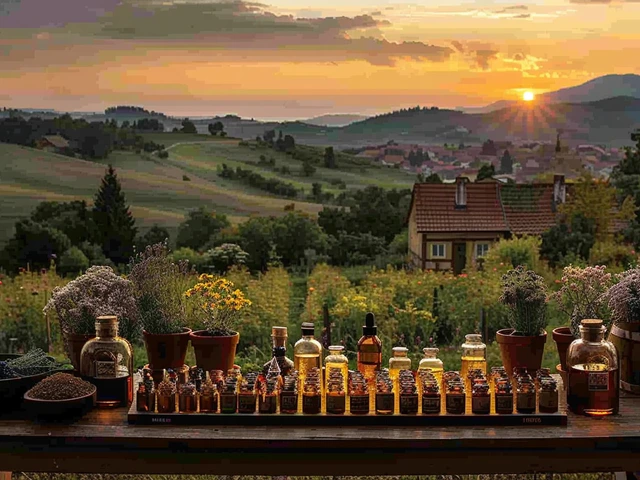Obscure Beginnings and Historical Mystique
At its core, absinthe is more than just a spirit; it's a narrative steeped in lore, art, and revolution. Distilled from anise, wormwood, and other herbs, absinthe was once believed to cause madness and mystical visions, largely due to the compound thujone derived from wormwood. The origin of absinthe can be traced back to the late 18th century in Switzerland, and it quickly gained popularity in France particularly among artists and writers who sought its supposed hallucinogenic effects to spur creativity. Iconic figures such as van Gogh, Toulouse-Lautrec, and Oscar Wilde were all noted absinthe drinkers.
This popularity led to widespread controversy and eventually a series of bans starting in the early 1900s. Many nations, including the United States in 1912, labeled absinthe as dangerous and outlawed its sale and production. However, modern science has largely debunked these myths, attributing the 'absinthe madness' to poor distillation practices that led to toxic concoctions rather than to the spirit itself. It's important to understand this history to appreciate the absinthe on shelves today.
Understanding the 'Absinthe Ban' and Current U.S. Regulations
The historical ban on absinthe in the United States and much of Europe was based on misconceptions about its safety and effects. This prohibition stretched for almost a century until it was lifted in the early 2000s in Europe and in 2007 in the US. Today, absinthe is legally sold in the US as long as it complies with current food and drug regulations which particularly control the level of thujone. The FDA stipulates that thujone must be undetectable in absinthe, meaning less than 10 parts per million. This regulatory environment shapes what kind of absinthe is available in the United States.
When purchasing absinthe in the US, it is crucial to look at product labeling. Legitimate absinth...







Napsat komentář